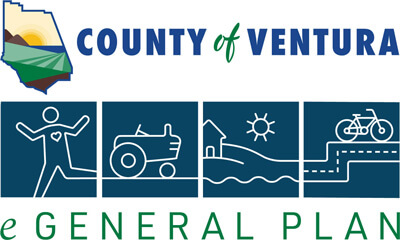Groundwater is estimated to provide 67 percent of the local water supply. Sustaining this water source is both a local and statewide priority. In 2014, the state enacted the Sustainable Groundwater Management Act (SGMA) to provide a framework for sustainable management of groundwater supplies at the local level by local agencies, with the potential for state intervention if necessary. The aim of the legislation is to ensure the management of groundwater basins within their sustainable yield. SGMA empowers local agencies to form Groundwater Sustainability Agencies (GSAs) to manage basins sustainably and requires those GSAs to adopt Groundwater Sustainability Plans (GSPs) for crucial groundwater basins. As defined by SGMA, several groundwater basins in the county are in critical overdraft condition (and some are experiencing seawater intrusion), which occurs when the “continuation of present water management practices would probably result in significant adverse overdraft-related environmental, social, or economic impacts.”
In 2018, the California Department of Water Resources identified the following groundwater basins in Ventura County as being in “critical overdraft”: Cuyama Valley, Oxnard Plain, and Pleasant Valley. (It is important to note that while the Cuyama Valley basin as a whole is considered to be in overdraft, the United States Geological Survey estimates the portion in Ventura County not to be in overdraft.) In addition to the critically overdraft basins, seven are designated as “high-priority”: Oxnard Plain, Pleasant Valley, Las Posas, Mound, Fillmore, Piru, and Cuyama Valley; and four basins are designated as “medium-priority”: Ojai Valley, Upper Ventura River, and Lower Ventura River. Consistent with SGMA, this section focuses on groundwater recharge.
An overview of groundwater characteristics in Ventura County is described in Section 10.4, “Existing Conditions,” of the Background Report.
